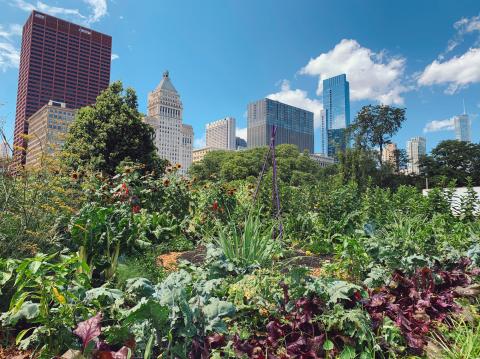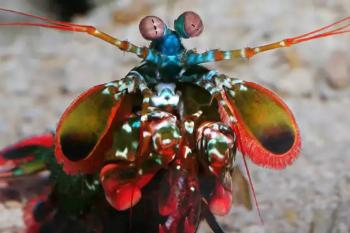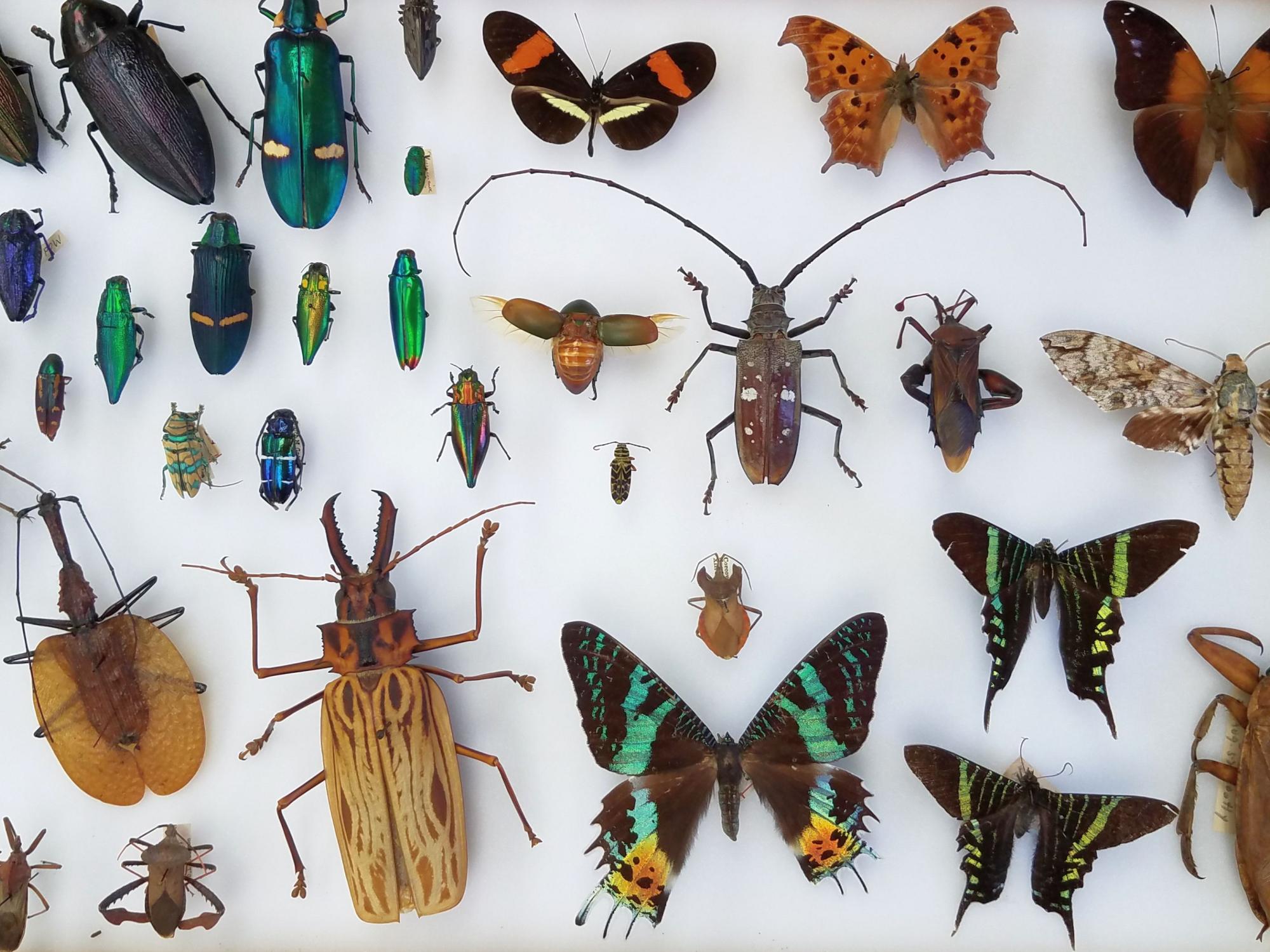
Do you notice that there are fewer insects? We may not notice, but scientists certainly do and they’re sounding the alarm. A headline in the New York Times reads, “The Insect Apocalypse Is Here. What does it mean for the rest of life on Earth?” The May 2020 National Geographic Cover says, Insects are disappearing at alarming rates. That could be disastrous for the planet.
The Limitless Importance of Insects
There are over five and a half million insect species globally that are critical to ecosystems. They are pollinators, decomposers, and prey for other organisms. Roughly three-quarters of the world’s flowering plants depend on insects for pollination. Insects are also crucial seed dispersers. And they’re key decomposers of dead animals and plants.
Insects Feed Many
Multitudes of animals depend on insects for food. Insect-eating mammals include shrews, most species of bats and some humans. Frogs, toads and salamanders feed on insects, as do many species of reptiles and freshwater fish. Most bird species depend, at least partly, on insects for food. “Collectively, insects transfer more energy from plants to animals than any other group. They are the solder that holds food chains together.” Every third bite of food we eat is dependent upon the honey bee.
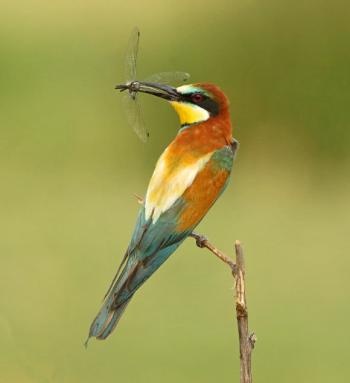
The Alarm
Scientists around the world are racing to document insect populations because, “recent studies documenting declines in insect abundance and biodiversity have raised concerns about a global insect conservation crisis with potentially dire consequences.” For example, in one 2017 study of a site in western Germany, scientists found, “In less than thirty years total flying insect biomass in the areas sampled had dropped by three-quarters, suggesting that the entire flying-insect community had been “decimated.” Scientific papers from all over the world followed.
Causes of Decline
Scientists are working together to figure out what’s causing declines. One scientist said, “If the stressors are the things we understand—such as lights, pesticides, loss of habitat, climate change, pollution, exotic species and the industrialization of agriculture—I think that makes perfect sense,” he said. “The main threat in the American West, he believes, is drought driven by warming.”
We Need to Change with The Climate
People are destroying habitats around the world on large and small scales. Deforestation for agriculture destroys hordes of insect populations around the globe. But destruction of insect habitat happens on small scales everywhere. As an interview on NPR says, ”So a lot of what we consider unproductive grounds, messy land, the kind of stuff the place is filled with wildflowers, with scrub, with kind of brambles and weeds, we call them weeds when they're in fact actually really important food providers for insects.”
Pesticide use goes hand-in-hand with habitat destruction and industrial-scale agriculture. A study warned that 40 percent of all insect species face extinction due to pesticides—particularly neonics, a new generation of pesticides that has made agriculture far more toxic to insects. Neonic insecticides, also known as neonicotinoids are used on over 140 different crops around the world. These are systemic insecticides, which means plants absorb them and incorporate the toxin into all of their tissues, including the nectar, pollen and fruit. When ingested, the toxins attack the central nervous system of insects, causing paralysis and death.
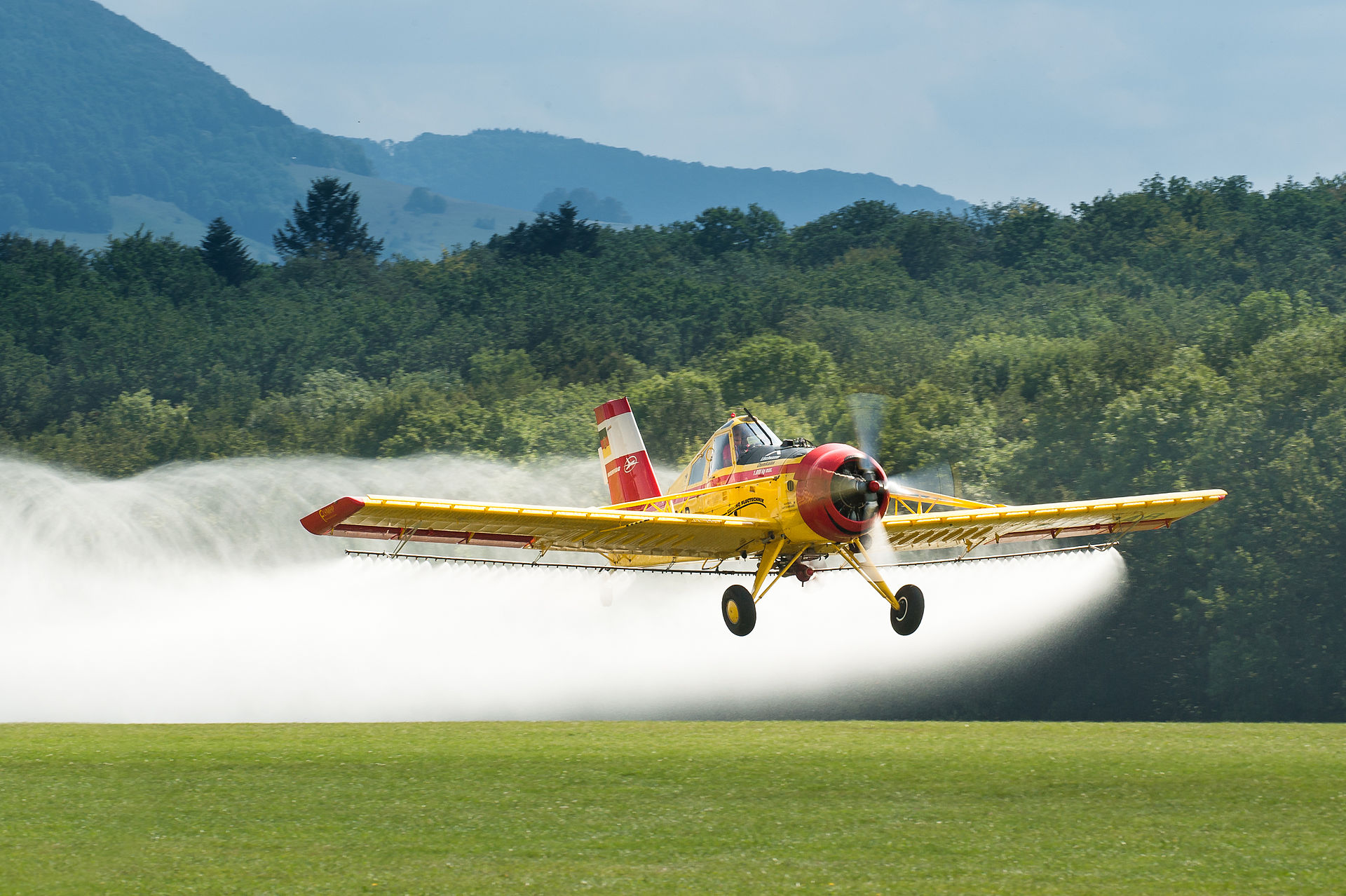
Can We Create Hope for Insects?
The research that scientists are conducting gives us essential information where to focus conservation. Solutions including preserving more wild lands and restoring habitats that have been degraded. Almost all of the nations on earth signed (in December 2022)onto United Nations Framework on Biodiversity has called for protecting 30% of the world’s lands, seas and inland waters by 2030, which will help all species in decline.
Regenerative farming includes methods for building soil health and manage pests to reduce the need for pesticides. Using cover crops, no-tilling farming that builds soil and other methods increase farm biodiversity and soil health. Eradicate mega monoculture crops. Please watch Kiss the Ground.
Those “weed’ and over-grown yards? More and more people are advocating for wild yards and planting for pollinators. Pollinator gardens are proliferating from places like New York City to backyards. Perhaps your own community is planting wild places? You can help insects by planting native plants in your garden to attract pollinators. Here’s how to build a pollinator garden.

